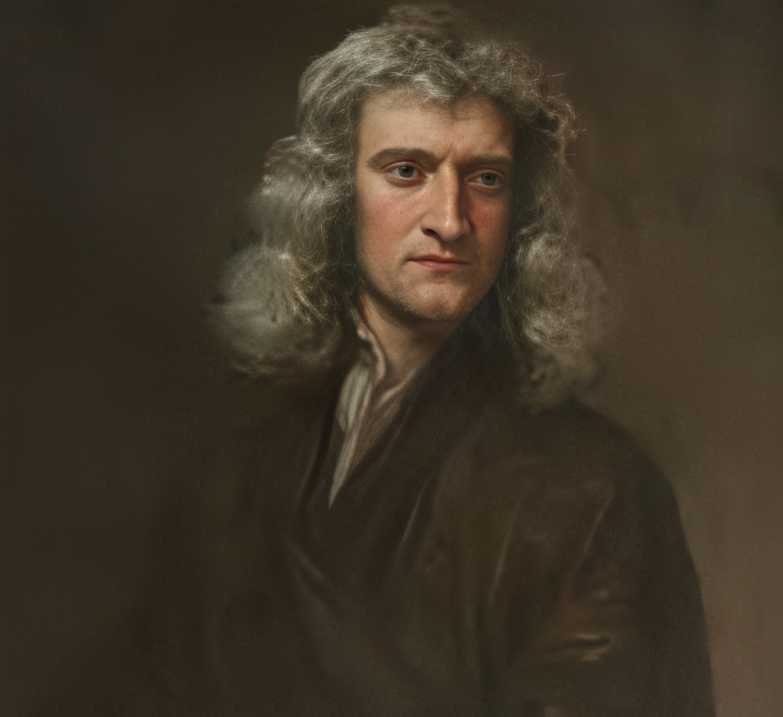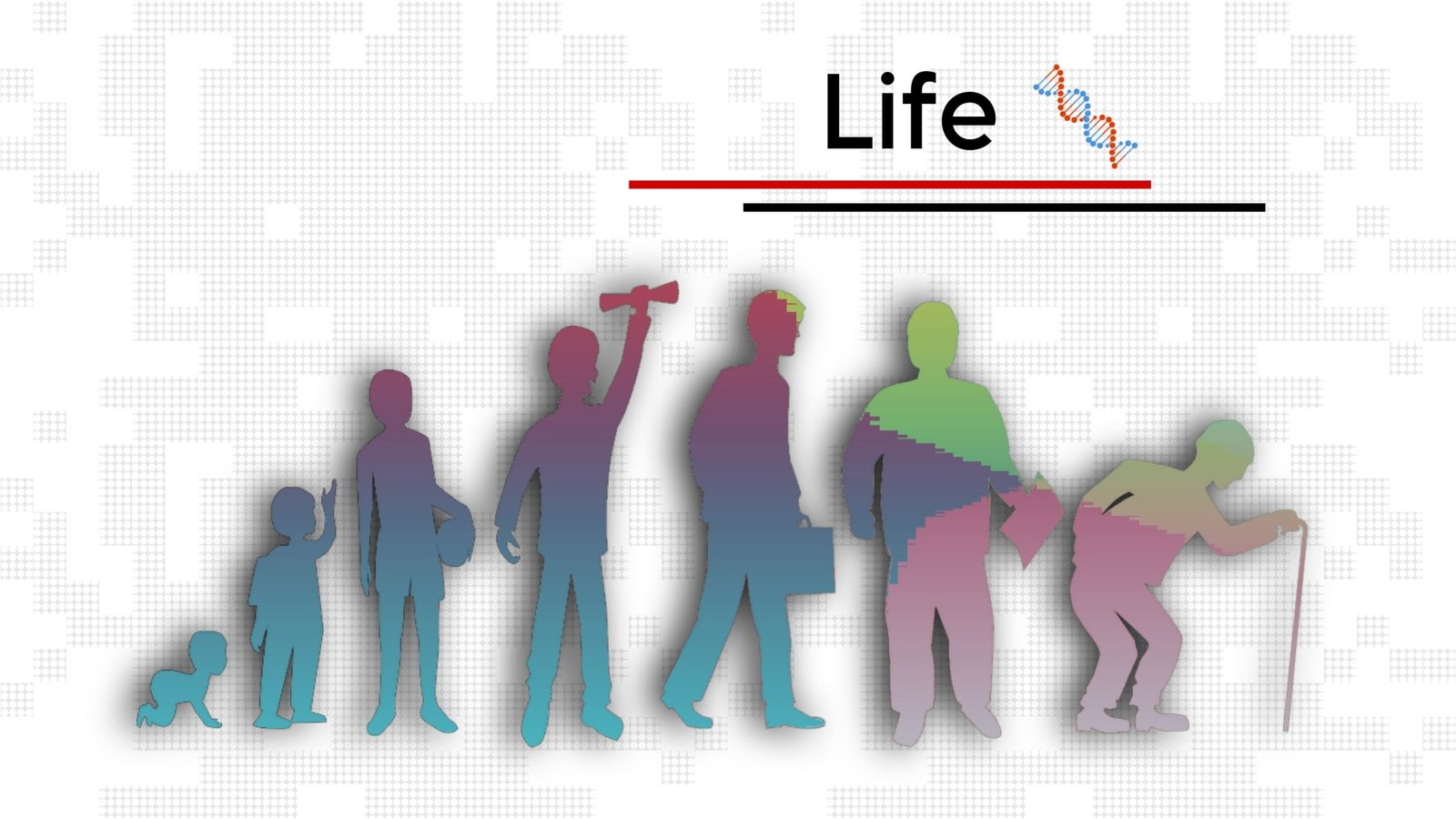Sir Isaac Newton was born on January 4, 1643, in Woolsthorpe-by-Colsterworth, Lincolnshire, England. He was born early, and his chances of survival were bleak. His father, Isaac Newton, died three months before his birth. Newton was three years old when his mother, Hannah Ayscough, remarried, and he was placed in the care of his maternal grandmother. Newton’s mother, however, returned when he was twelve, taking him back to the family home at Woolsthorpe Manor.
| Name | Sir Isaac Newton |
|---|---|
| Birth Date | January 4, 1643 |
| Birthplace | Woolsthorpe-by-Colsterworth, Lincolnshire, England |
| Nationality | English |
| Parents | Isaac Newton (Father) and Hannah Ayscough (Mother) |
| Education | The King’s School, Grantham, Trinity College, Cambridge |
| Contributions | Laws of motion, Universal gravitation, Calculus, Optics, Reflecting telescope, Newton’s laws of motion, Newton’s laws of cooling |
| Key Works | “Philosophiæ Naturalis Principia Mathematica” (Mathematical Principles of Natural Philosophy), “Opticks,” “Method of Fluxions” |
| Royal Society | Newton became a Fellow of the Royal Society in 1672 and later served as its President from 1703 to 1727. |
| Knighthood | Newton was knighted by Queen Anne in 1705, becoming Sir Isaac Newton. |
| Death Date | March 31, 1727 |
| Family | Newton never married and had no children. He had a strained relationship with his stepfather, but he maintained a close bond with his mother and half-siblings. |
| Early Life | Newton was born prematurely and was not expected to survive. He grew up on his family’s farm, but his interest in mechanical devices and mathematics became apparent at an early age. |
| University Years | In 1661, Newton enrolled at Trinity College, Cambridge. He studied various subjects, including mathematics, physics, and philosophy. |
Education of Lsaac Newton
Newton obtained his early education at Grantham’s The King’s School. He was an ordinary student with an interest in mechanics and technology. He entered in Trinity College, Cambridge, at the age of 18 in 1661. He studied mathematics, physics, and astronomy there under the tutelage of prominent mathematicians such as Isaac Barrow. Newton’s extraordinary skill became clear quickly, and he made tremendous progress in his studies.
Discoveries and Theories of Lsaac Newton
Newton made ground-breaking discoveries that transformed many branches of research during his tenure at Cambridge:
- Laws of Motion: In 1687, Newton released his magnum work, “Philosophiae Naturalis Principia Mathematica” (Mathematical Principles of Natural Philosophy), also known as the “Principia.” His three rules of motion were given in this work:
1.The law of inertia states that an object at rest will remain at rest, and an object in motion will remain in motion until acted upon by an external force.
2.The interaction of force, mass, and acceleration: F = ma
3.The action-reaction principle: For every action, there is an equal and opposite reaction.
- Universal Gravitation: Every particle of matter in the cosmos is drawn to one another by a force that is directly proportional to their masses and inversely proportional to the square of their separation, according to Newton’s law of universal gravitation. With the help of this theory, the laws regulating the universe may be understood as well as the motion of celestial bodies.
- Calculus: Newton created calculus independently of German mathematician Gottfried Leibniz to answer issues involving motion, change, and rates. Calculus evolved into an indispensable tool in mathematics and science, giving a foundation for solving complicated issues.
- Optics: Newton did extensive studies with light and established that white light comprises of a spectrum of colors. Through the study of refraction and reflection, he developed color theory and the foundation for understanding light behavior.
- Reflecting Telescope: In 1668, Newton created the Newtonian telescope, a reflecting telescope. Instead of using lenses to focus the light, this creative design used a curved mirror, which increased clarity and decreased chromatic aberration.
Family of Sir Lsaac Newton
Newton’s family had a rather secluded life. He never got married and never had kids. He was very close to his niece Catherine Barton and her husband John Conduitt in his senior years. As the Warden and eventually the Master of the Royal Mint, Newton assumed a public position that cut into his personal time.
Key Works of Lsaac Newton
- Newton’s seminal work “Philosophiae Naturalis Principia Mathematica” (Mathematical Principles of Natural Philosophy), published in 1687, in which he presented his laws of motion and the law of universal gravitation.
- “Opticks”: Newton’s 1704 work that chronicled his experiments and theories on light and optics.
- “Method of Fluxions”: Newton’s unpublished calculus work, which he devised as a mathematical instrument for tackling motion and change problems.
Awards and Recognition of Lsaac Newton
Newton’s contributions to science and mathematics gained him international acclaim:
- Newton was elected a Fellow of the Royal Society in 1672, and he became its President in 1703, a position he held until his death in 1727,
- Queen Anne knighted Newton in 1705, making him Sir Isaac Newton.
Death Date of Lsaac Newton
Sir Isaac Newton died on March 31, 1727, at the age of 84, in London, England.
Legacy of Lsaac Newton
Newton’s discoveries transformed our understanding of nature and laid the groundwork for contemporary science. His theories of motion and universal gravitation remain important to physics to this day. His work on calculus revolutionized mathematics and gave a strong instrument for scientific investigation. To this day, Newton’s work continues to inspire and influence scientists and researchers.
ALSO READ : THE FUTURE OF AI CHATBOTS: BARD AI VS CHATGPT:-



